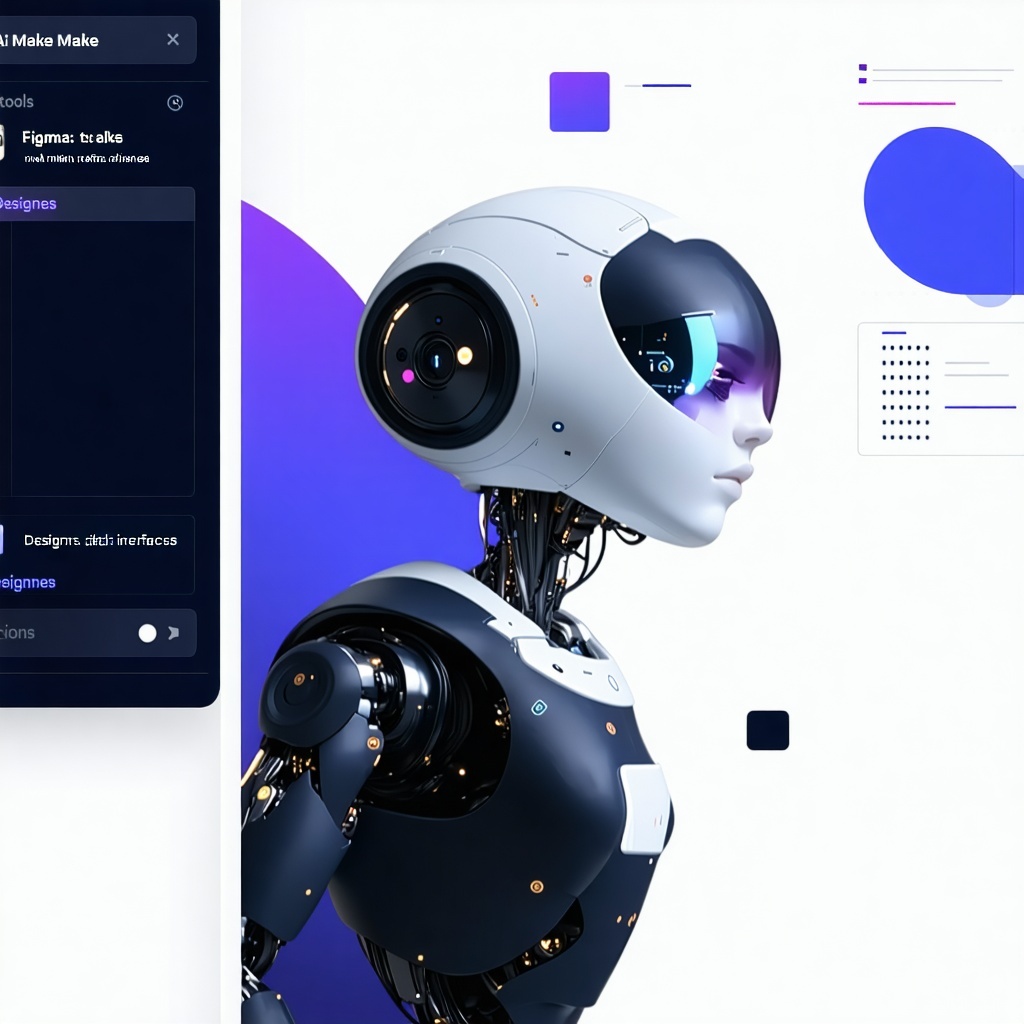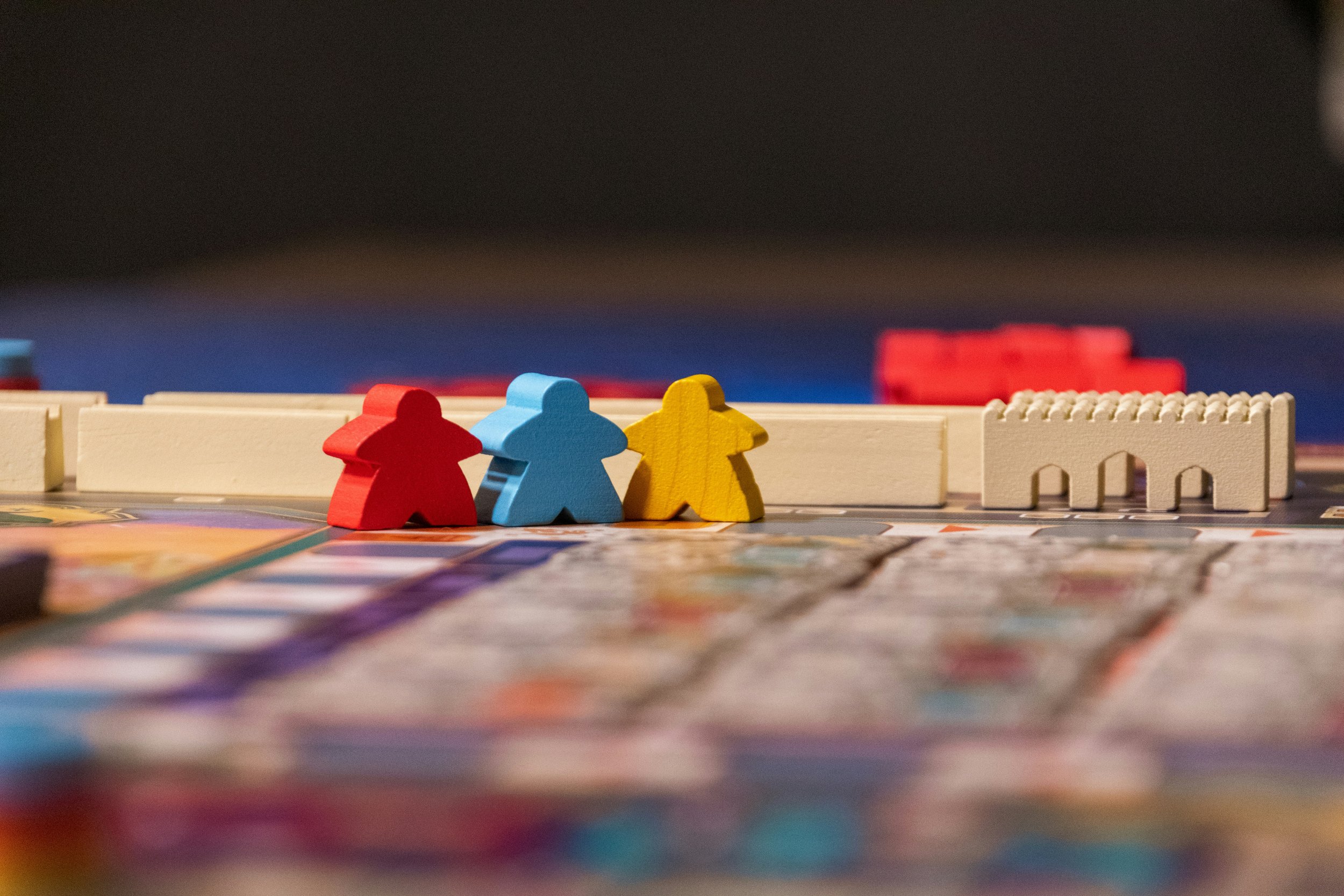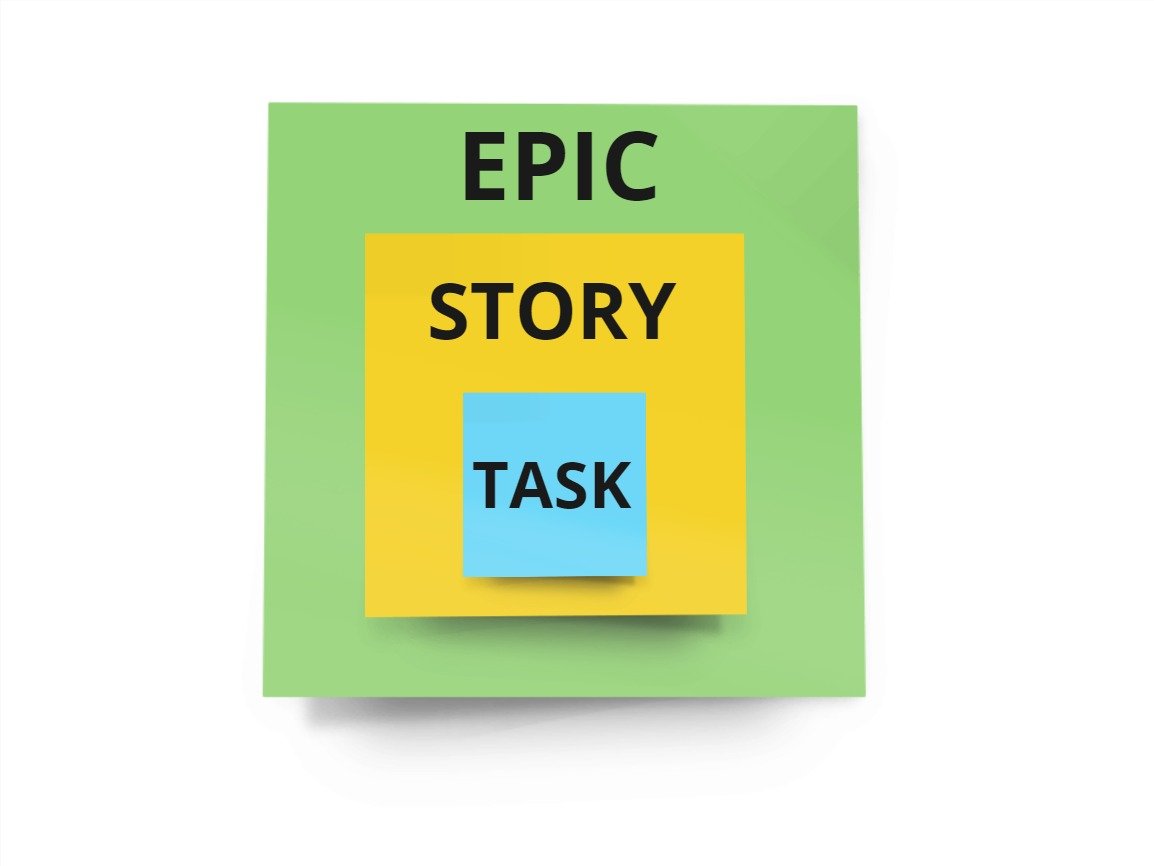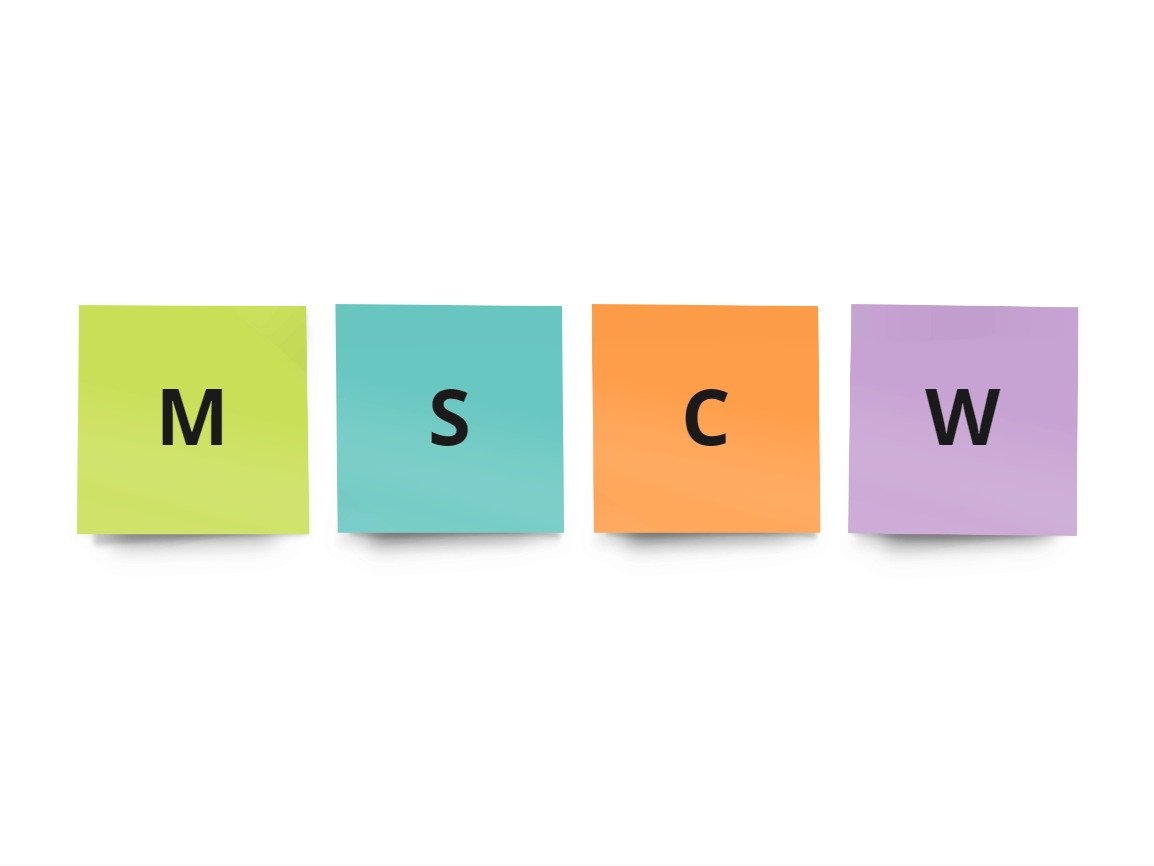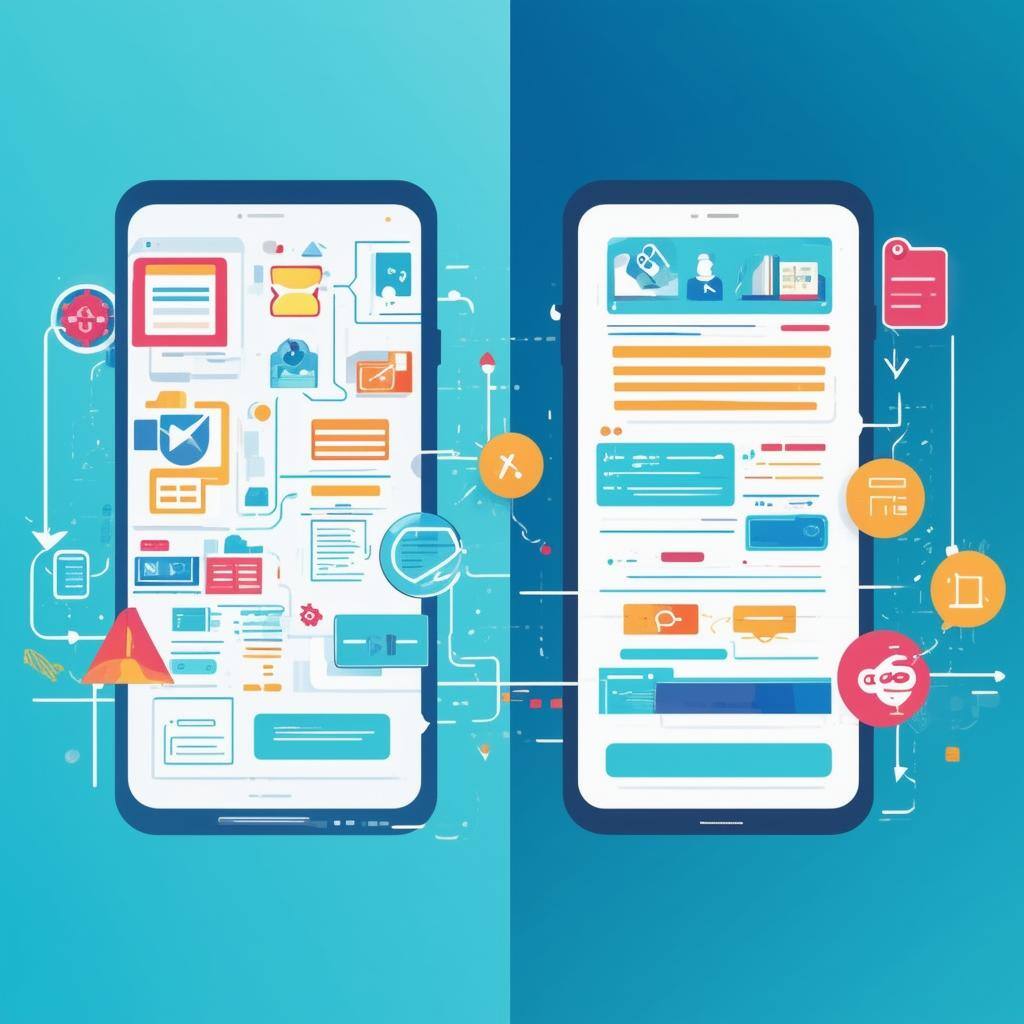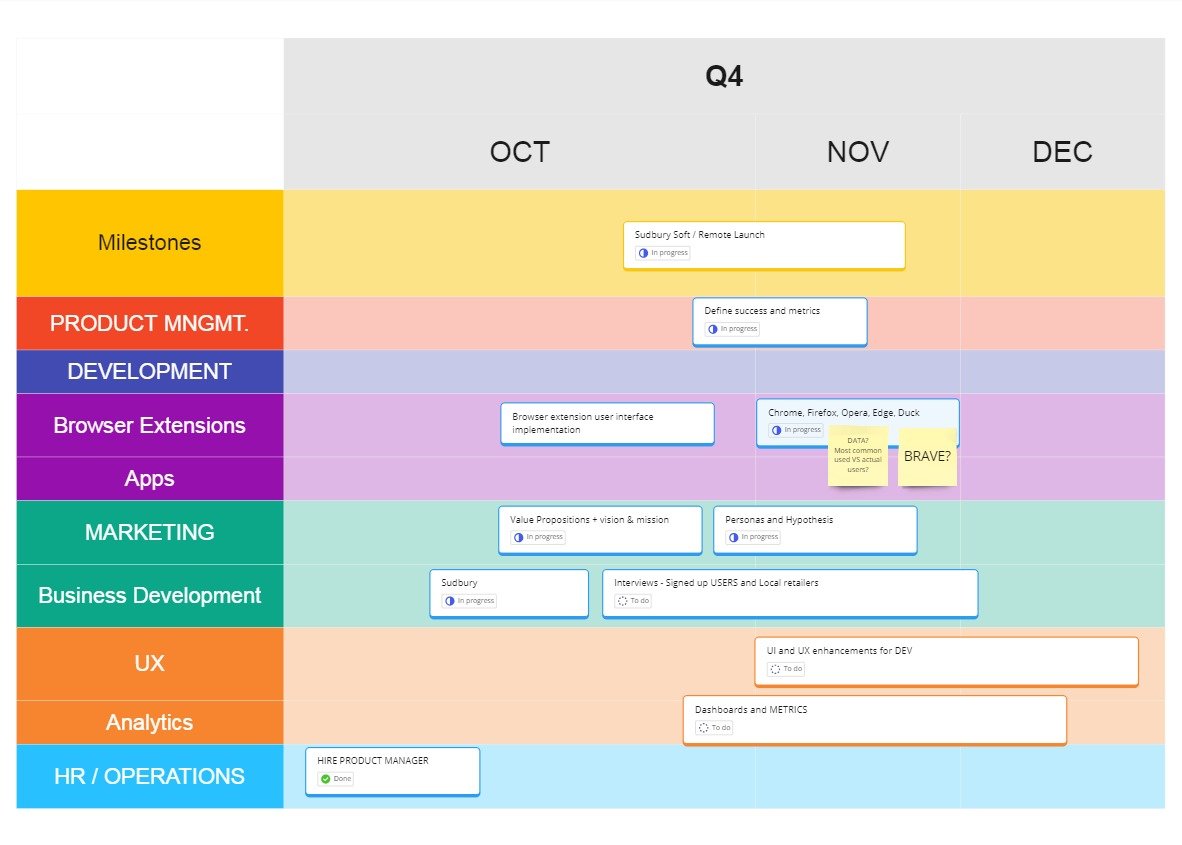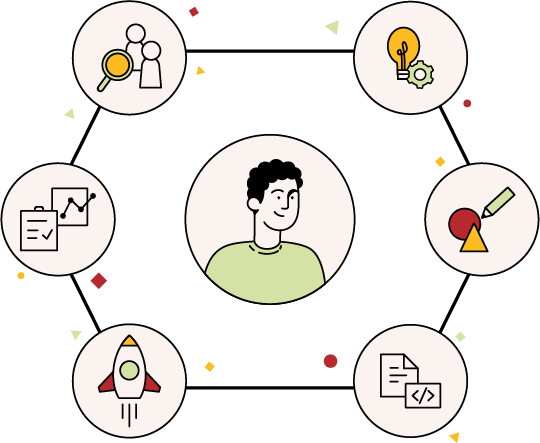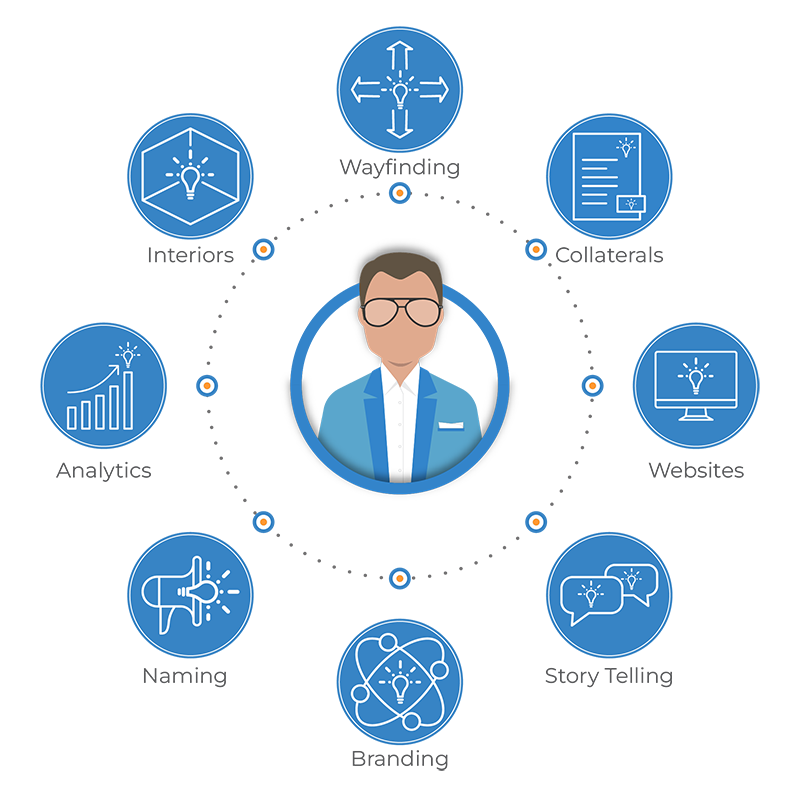If you're exploring interior design as a career or a passionate hobby, you've likely heard names like Revit and Lumion mentioned in professional circles. These powerful software tools have become ...
Welcome to my blog—a creative space where design meets strategy. Here, I dive into the worlds of Branding, Product Management (PdM), User Interface (UI) Design, Technology, Psychology, and Project Management (PjM), all through a personal and thoughtful lens.
Whether you're passionate about building beautiful products or understanding the minds behind them, there's something here for you.
The Designer's Dance with Code: How Product Designers Are Navigating AI Tools and Figma's Make Revolution The relationship between product designers and artificial intelligence has evolved from ...
ADHD and Product Management: Turning Neurodivergent Traits into Product Superpowers Introduction Product management demands a unique blend of strategic thinking, execution focus, stakeholder ...
In today's fast-paced business environment, product managers require robust tools to oversee a wide range of activities, including inventory and supply chain management, customer relationships, and ...
Introduction In today's competitive digital landscape, the difference between products that thrive and those that fade into obscurity often comes down to one critical factor: design. Yet many ...
Introduction In today's competitive SaaS landscape, building products that genuinely resonate with users is more crucial than ever. Design Thinking has emerged as a robust methodology that puts ...
Ever wonder how we take a simple idea and turn it into something extraordinary? Well, it's all about following a structured approach that ensures we're on the right track every step of the way. Let ...
Exploring the Nuances of Product Management and Growth Strategy in Today's Digital Landscape
We often focus on creating products that meet user needs. However, an essential economic concept— effective demand —can provide valuable insights when defining and prioritizing persona demands. By ...
Consistency and efficiency are key to building successful products in today's fast-paced digital landscape. A well-implemented design system can be a powerful tool in the product manager’s arsenal. D ...
When building a digital product, designing a solution, or tackling a complex problem, the temptation is often to jump straight into execution. However, even the best-designed product can fall short ...
The key to creating successful products is a deep understanding of your users . By basing design decisions on user requirements and input, product teams ensure that the final product solves real ...
For many small and medium businesses (SMBs), investing in branding can seem overwhelming. The range of services, pricing models, and fees make it challenging to understand what’s needed and why it’s ...
In today's dynamic business landscape, design has emerged as a critical differentiator for successful organizations. According to McKinsey's groundbreaking report "The Business Value of Design," ...


